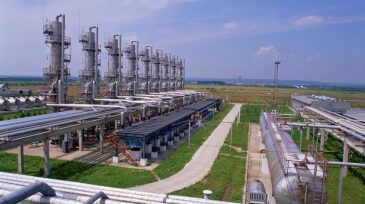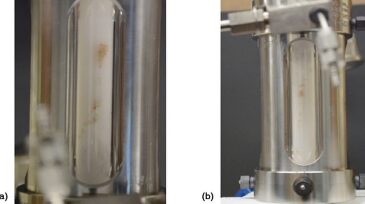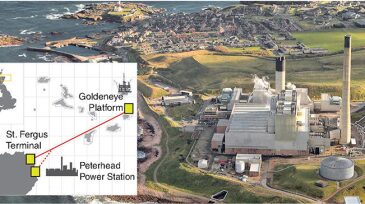CO2
-
A new material under development is highly effective at sieving carbon dioxide from natural gas streams and is also cheap and easy to make, according to researchers.
-
Has your company or organization invested in carbon offsets? Carbon offsets are proving an important tool for companies that want to reduce the effect of their carbon footprint.
-
This study explores the mechanisms contributing to oil recovery with numerical modeling of experimental work and investigates the effects of various parameters on oil recovery.
-
In a quiet industrial park in suburban Toronto, there is a machine that eats carbon dioxide (CO2) and spits out fuel. A world away, at a world-class research institute in Bangalore, India, engineers have developed a completely different technology to convert CO2 into industrial chemicals.
-
A floating gas-extraction facility was constructed to extract gas-laden water, separate the CH4 and some of the CO2, and reinject the degassed water, thus increasing the safety of the lake and simultaneously providing CH4.
-
Saudi Aramco saw a jump in production for a type of EOR that often takes years to see full benefits.
-
In this study, detailed petrophysical and geological field models focusing on the middle and lower members of the Bakken Formation were developed.
-
Carbon dioxide (CO2)/water foams are of interest for mobility control in CO2 enhanced oil recovery (EOR) and as energized fracture fluids or as hybrid processes that combine aspects of both processes.
-
A major oil company is progressing a portfolio of commercial-scale carbon-capture-and-storage (CCS) demonstration projects covering an array of technologies that target applications of relevance to the wider oil and gas industry.
-
There remain a number of challenges with CO2 EOR. These include gravity override, poor sweep efficiency, and economic factors.










